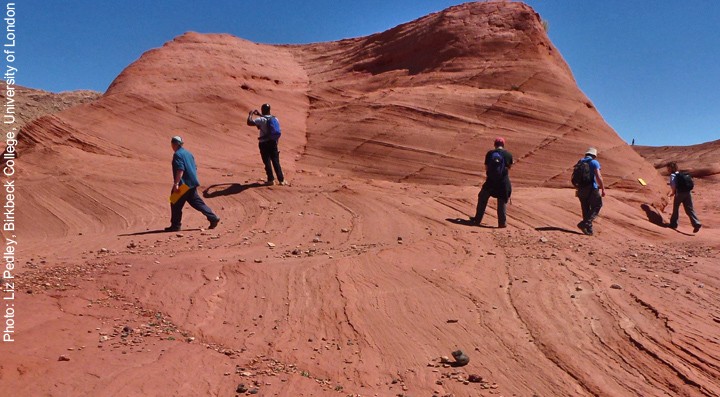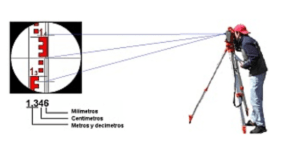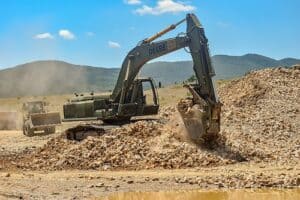Several methods and systems are present in the civil engineering field to classify the soil types. The most used systems of soil classification are AASHTO (American Associate of State Highway ND Transportations Officials), USCS ( Unified Soil Classification system), and USDA ( United States Department of Agriculture Soil Classification System).
What is the classification of soil?
The classification of soil is the division of soil into different categories having alike properties and almost similar characteristics. The classification is done based on mechanical properties of soil such as hardness, strength, and stiffness.
A system is usually necessary to form a proper system to detail out the characteristics of the materials found in any ground investigation. The system should be detailed enough to point out meaningful properties in the context of engineering so that the engineers will be fully able to understand the interpretations concisely. So it is important to distinguish between the descriptions and classifications.
The basics of soil classification are mostly based on the size of soil grains and the consistency of the soil. Both methods are based on the codes and standards which are followed worldwide. The American Association of State Highway and Transportation Official is based on the codes of ASTM D3282-09. On the other hand, the Unified soil classification system relies on the ASTM codes of D2487-11.
Why we classify the soil?
The classification of soil is necessary because it is a system of identification of soil with different properties into understandable groups and subgroups based on their application and their peculiar engineering behavior. The classification for purpose of engineering should be based on the properties of soil particles such as permeability, hardness, and strength. The main purpose of this classification is to form a set of conditions that will make the comparison between the different types of soil easy.
Different soil classification systems
The main systems for the classification of soil are:
- AASHTO
- US
- USDA
USGS Method (Unified Soil Classification System)
Based on the Unifies Soil Classification System, there are two main categorizations of soils.
- Coarse-Grained Soil
- Fine-Grained soil
Coarse-Grained Soil
The soil particles are larger in size and have gravelly properties and sandy in nature. The percentage of passing through the no.220 sieve is less than 50% in the case of coarse-grained soil, such as F200 is less than 50%.
The classification of soil is done into 15 groups. Every group has a symbol having two capital letters. The first main letter describes the main type of soil while the second letter described the gradation and plasticity.



AASHTO Classification System
This type of classification is based on the following factors.
- Grain size
- Plasticity
Grain size
It divides the soil into; Gravels: the fraction of particles passing the 75mm dia sieve and retained on the No.10 (200 mm ) sieve, Sand: the particles size passing the No.10 sieve and retained on the No.200 U.S sieve, Silt, and Clay: the size of the particles is such that they pass through the No. 200 sieves.
Plasticity
The particles of silt are a type of soil which have a plasticity index of 10 or less than 100. The term clay is used when the particle of soil has a plasticity of 11 or more than 11. If in some type of ground investigations, cobbles and boulders are encountered, then they are neglected from the sample of soil from which the classification is made.
This system classifies the soil type into eight main groups such as A-1 to A-8, which is based on the grain size distribution, liquid, and plastic limit of soils.
The soil divided into the first three groups is coarse-grained soil and is depicted by A-1, A-2, A-3, and the fine-grained particles are presented in the next 4 types such as A-4, A-5, A-6, A-7.
Another type of soil is included in the eighth and last group A-8. These include peat, muck, and other highly organic soils, which are identified mostly by visual inspection.






